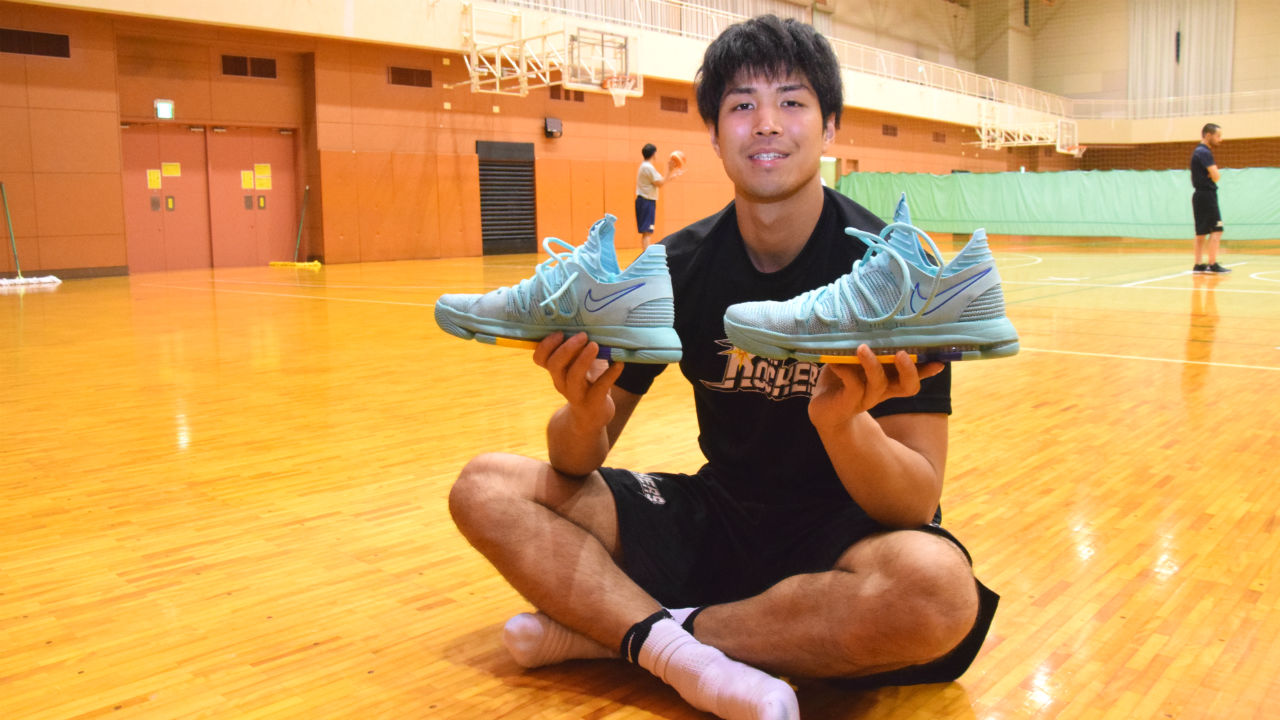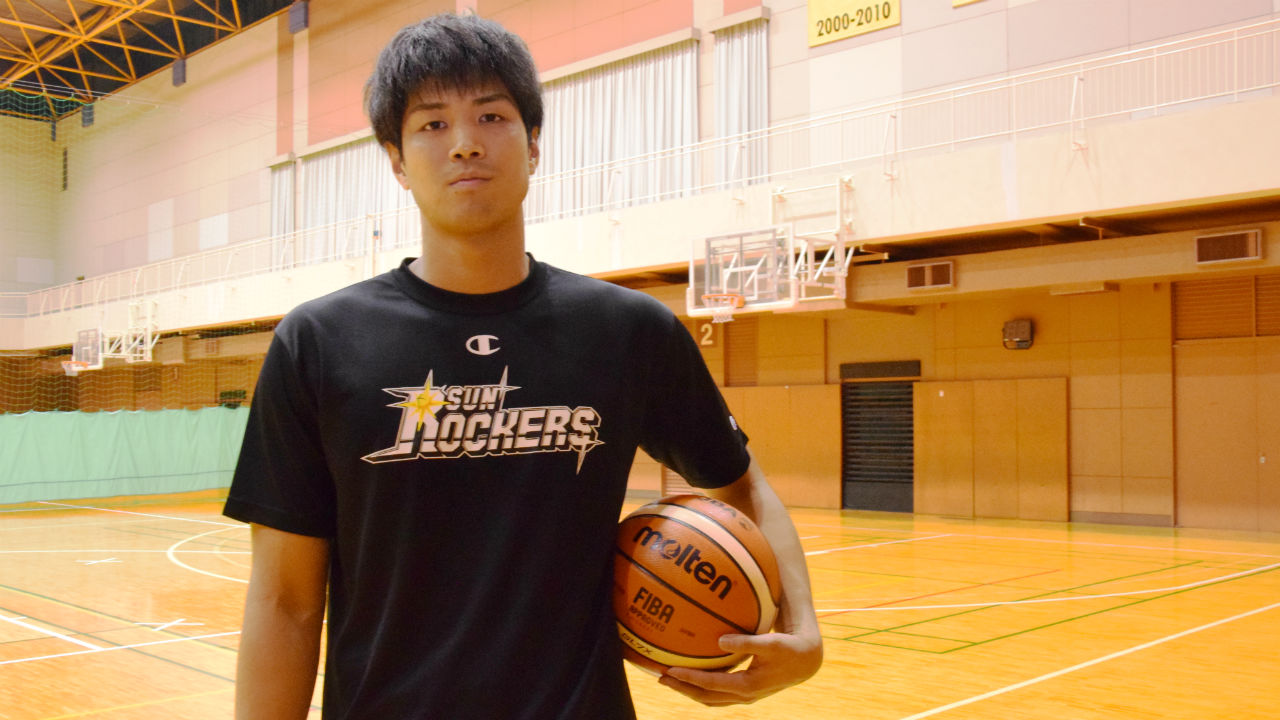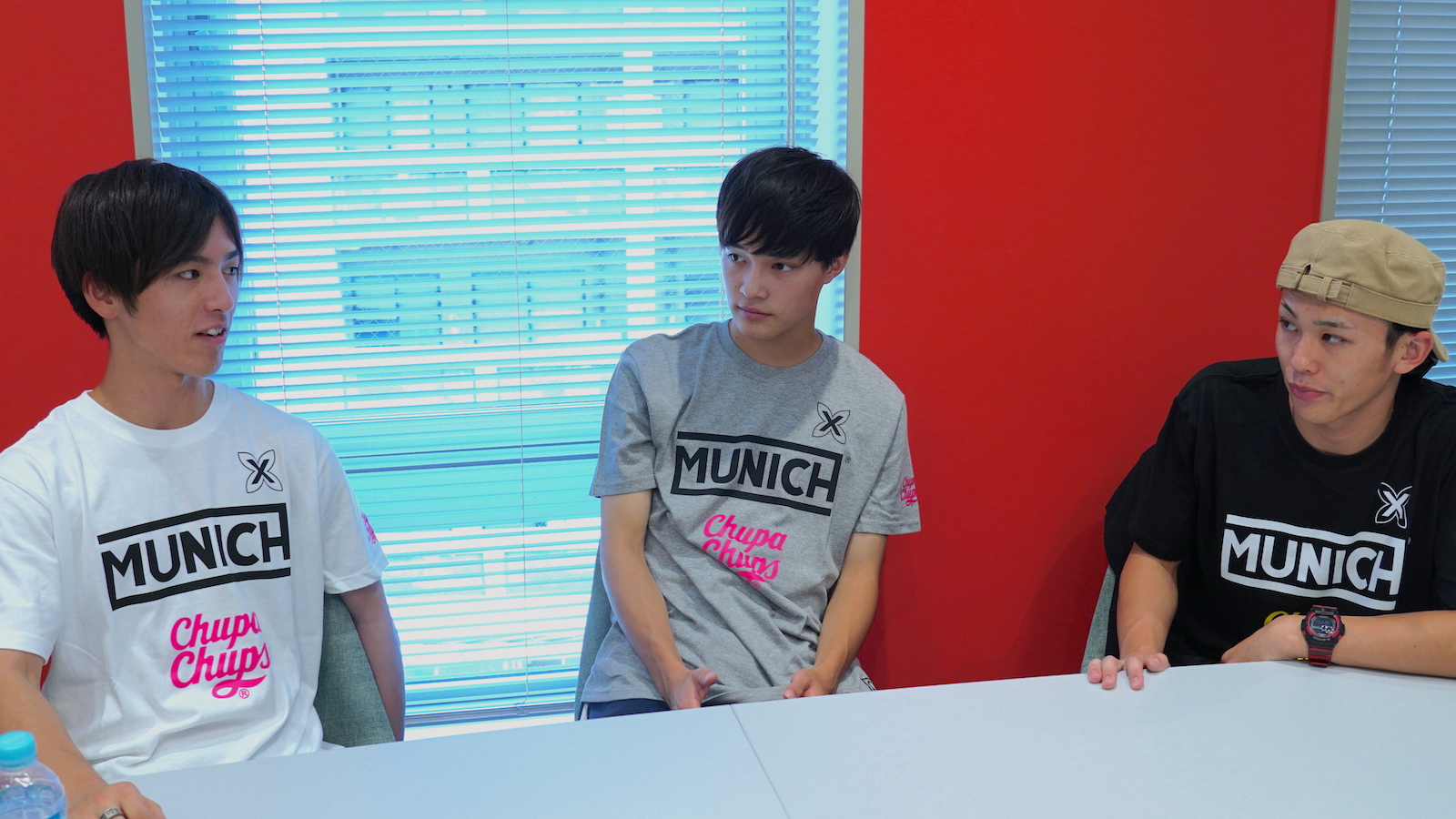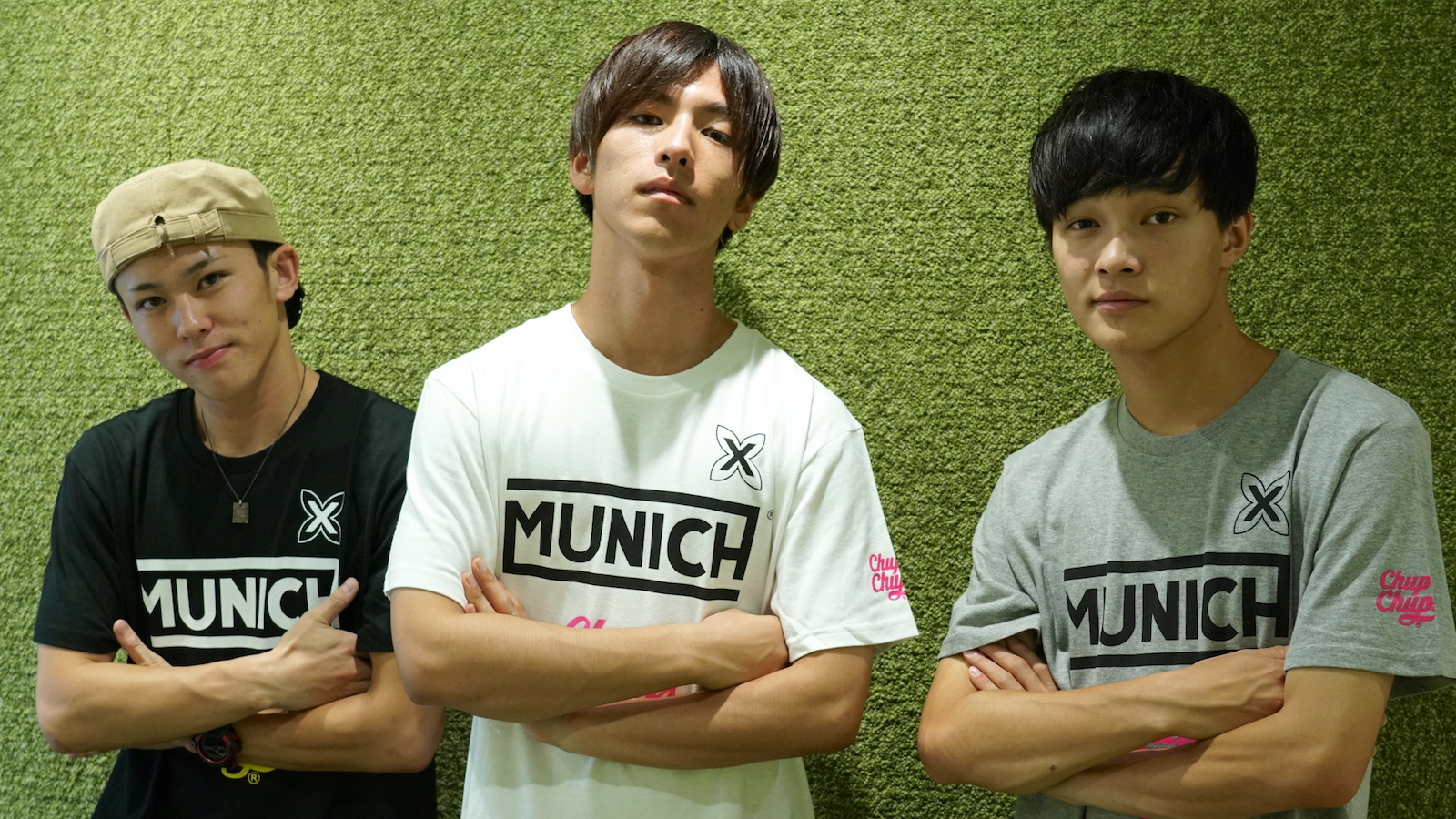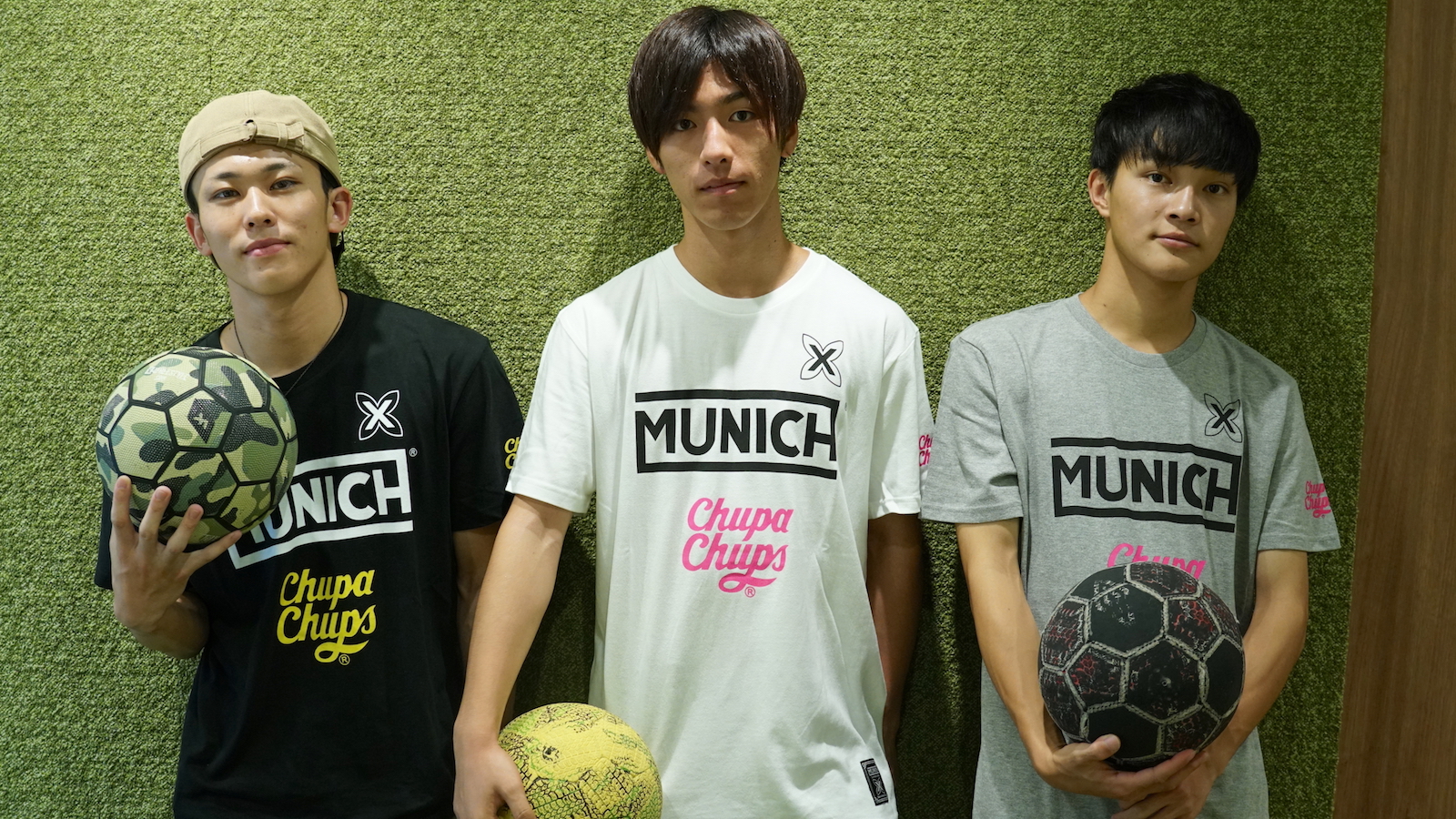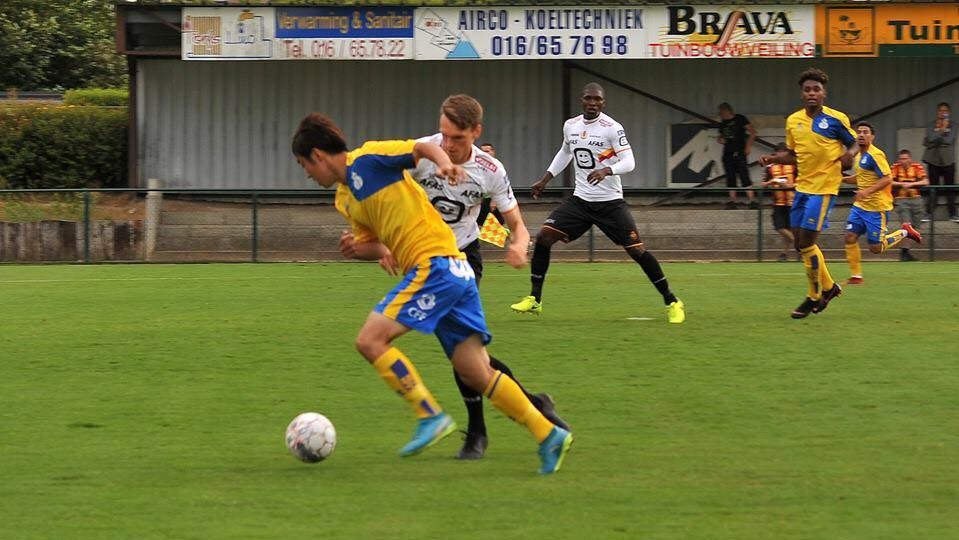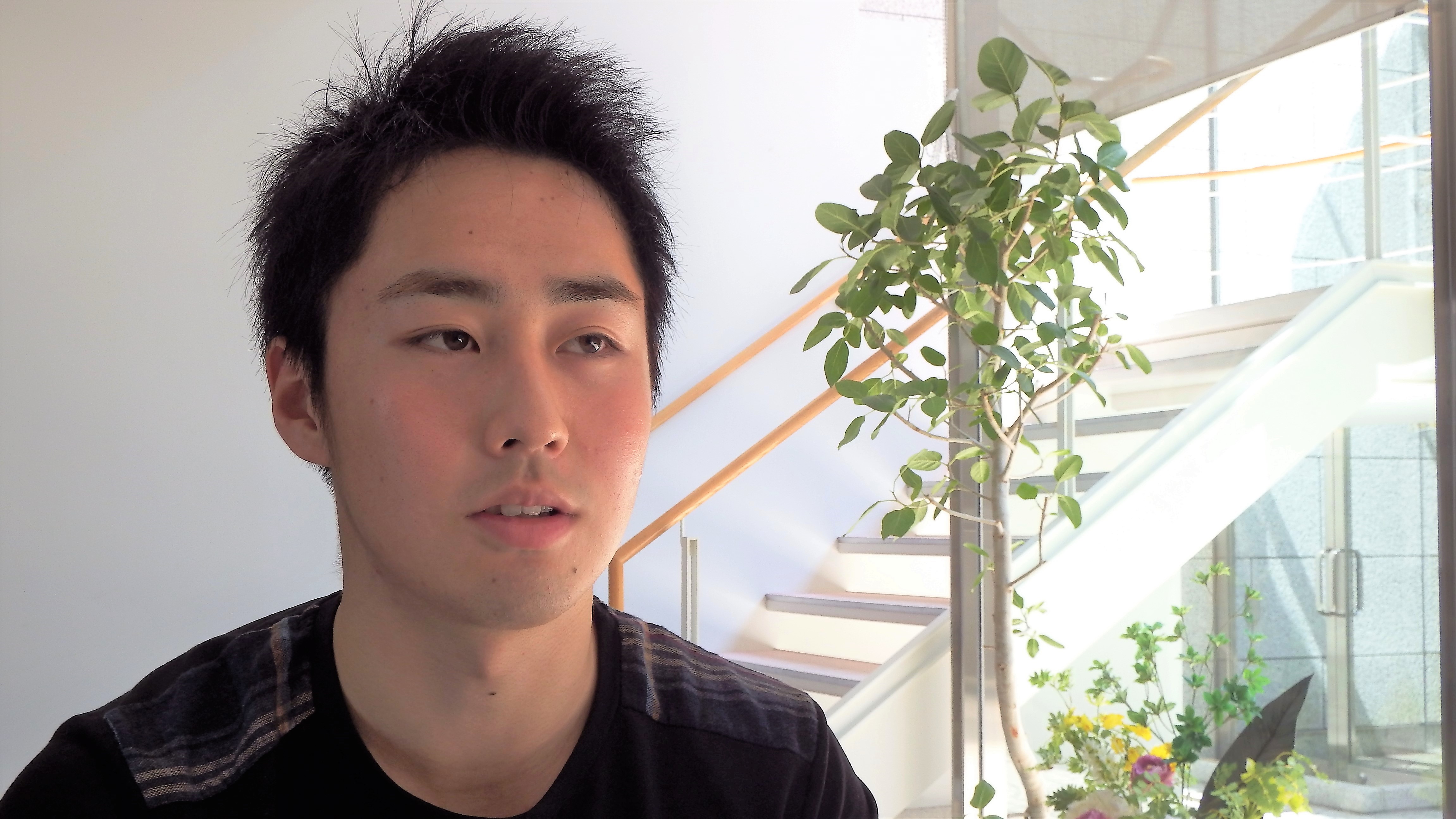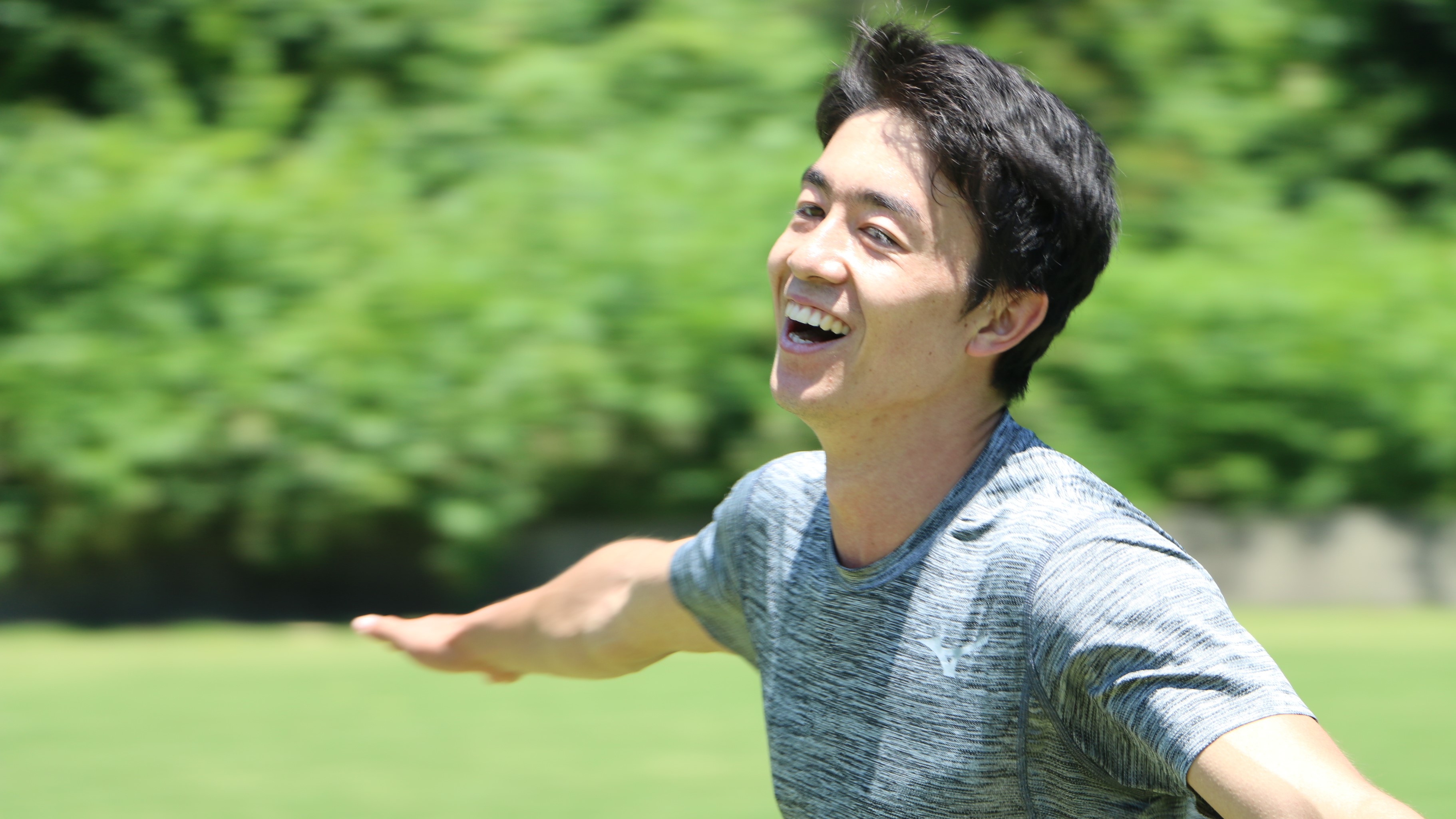
Historical spikes loved by heroes VOL.20 "Hidden masterpiece ASICS (Onitsuka) Bomber Edition"
One of the major differences in gear from overseas in the old Japanese soccer world is that many players in Japan wore ASICS spikes. Even in the JSL team, the spikes of many players from Furukawa and Fujita were ASICS.
(I started spike blog.https://maradonaboots.com/)Even in Japan in the 1980s, when soccer was barren, the Toyota Cup, the Emperor's Cup (New Year's Day final), and the high school championship were popular and winter traditions.
Especially in the high school championship final, the national stadium was overcrowded, but the JSL team's match was a lonely number of spectators even in the league opening game of the golden card (Yomiuri Club VS Nissan) except for the Emperor's Cup final.

Figure 1High school soccer championship final at the national stadium (Showa 58)Year) and JSLGolden card (1986Year JSLOpening game). Please pay attention to the stand.
In the high school soccer world in the early 1980s, Shimizu Higashi High School, which was very popular and capable, had many West German Puma spikes (over 20,000 yen).
However, in 1983, Captain Hasegawa used ASICS Bomber 66 (5,000 yen or less, described later). In addition, Tatsuya Mochizuki, who was wearing a Super Cup (25,000 yen) in practice, which I introduced last time, sometimes used a bomber in the game.

Figure 2Kenta Hasegawa (left), Tatsuya Mochizuki (right)
In addition, Takeda from Shimizu Higashi joined the Yomiuri club, and Sorimachi wore a bomber when he was in college. Of course, not only the people of Shimizu Higashi, but also the Japanese national team player Tsunami used the bomber when he played against God in 1981.

Figure 3Takeda (left), Sorimachi (upper right), Tsunami (lower right). The referee's spike seems to be more expensive.
There are various types of ASICS soccer spikes in the 1980s, such as chape (replaceable) and injector (fixed) series, and the top model cost more than 20,000 yen. The bomber (probably fixed only) is a rather cheap version for boys, and there were many types, but it seems that bombers 55 and 66 were popular.
Asics is a complete outsider, but recently (as a story) Bombers 66, 45, 77 are shown in Figure 4.
Spikes these days are very lightweight, and many models have various parts removed as much as possible, but the Bomber series may have been ahead of the times in a sense.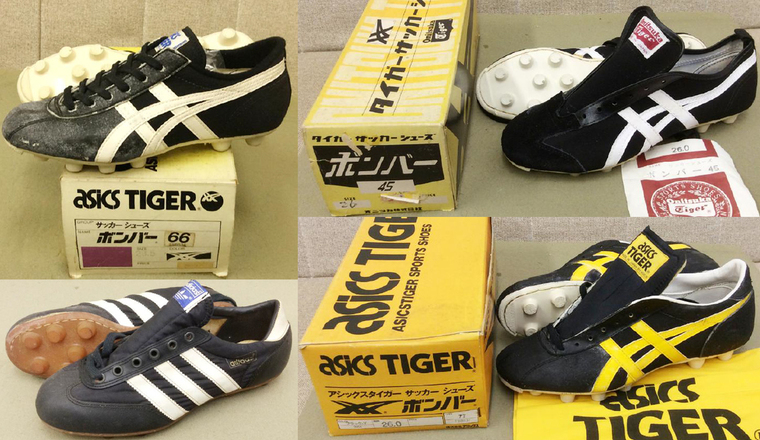
Figure 4 The upper left is Bomber 66. Only the toes are Clarino (which has been used as a material for school bags since ancient times), and the heels are cloth. After more than 30 years, Clarino has deteriorated and cracked. The upper right is probably Bomber's ancestor 45, and the lower right is 77, a slightly higher model than 66, with Clarino toes and heels.
45Is mostly made of cloth, but the toes are luxuriously lined and are still beautiful. BomberAlthough it is a rubber sole, it is more resistant to deterioration than urethane and is still solid.
Adidas, Puma also Cologne (bottom left, 76I think there were models with a concept similar to Bomber, such as (models around the age) and Turin, but I think that only Bomber was popular with high school and university students.
It's a delicate bomber that seems to hurt when you kick the ball, but I think that many high-level players used it when they were young, because good players should fit their feet regardless of the price of spikes.
Mr. Mukaishima, who was active in S-Pulse and Frontale regarding the use of bombers, wrote a valuable episode when he was a student. (http://www.frontale.co.jp/f_spot/obs_column/tatsuru/2004-06.html)。
It was said that the use of bombers was prohibited at the university, but the photo at the beginning is the golden card (University of Tsukuba VS Juntendo University) at the time of the Kanto University League.It seems that there were many players using bombers in the top-level university games as well as Mukaishima and Sorimachi.

Fig. 5 Mukaishima was small, but he played an active part as a FW that made the best use of his static training technique and his own speed.
However, I remember that the number of top-level players and bomber users has decreased since 1985 and 6 years.When I looked it up again, it seems that everyone was changed to Paramehiko, who made their debut at that time (Figs. 6 and 7).

Figure 6Hasegawa (90) on the left(Around the year), the photo shows the match of the Japan national team, but I think it was Paramehiko even at Nissan, which has many Adidas users.
In the center is Mochizuki (86) who returned to Yamaha from Europe.Around the year).On the right is a static-school synchronous confrontation between Mukaishima (Toshiba) and Yasutoshi Miura (Yomiuri) (91).Around the year). In both cases, the spikes are like Paramehiko.
 Figure 7Takeda from the left (90Years are), the two players (86Around the year), Sorimachi (88)Around the year).
Figure 7Takeda from the left (90Years are), the two players (86Around the year), Sorimachi (88)Around the year).
In the current university soccer world, former professional players are also supervised at local universities, and there are also universities where many players from soccer powerhouses and J League youth belong, so it seems that they are capable regardless of region.
In the university soccer world of the 1980s, all the high school star players at that time went on to the powerful universities in the Kanto region. Also, even in the youth representative class, there were quite a few people who were ronin and retake the exam to go to the university of their choice in an era when it was not possible to enroll only with the ability of soccer. I think there were many universities in the Kanto region, such as Waseda and Keio.
However, from 1983 to 1985, the universities in Kansai were stronger, and there were times when the finals of Incare were between Kansai groups.Aside from that, the university team in Kansai had more unique spikes than in Kanto (Fig. 8, left).

Figure 885 on the leftYear Incare Final (Osaka University of Commerce (Black and White) VSApproximately). Satoru Mochizuki, a zebra-patterned Osaka University of Commerce, was later active in the Reds and was the coach when Nadeshiko Japan became the best in the world.
Osaka University of Commerce (almost all players) wore ASICS spikes in a color that matched the pattern of their uniforms.
Shimada (3), who was active in Gamba after that, although not all of themPlease forgive me if I make a mistake), GKNobuhiro Takeda (1)No.) wore a pretty flashy Peller Duster (No.)http://king-gear.com/articles/138)。
After graduating, Takeda played an active part in Honda, and there was a "Takeda Nobuhiro" confrontation in the match against the Yomiuri club (right).
91It seems that Nobuhiro Takeda of Yomiuri was changed from Puma to Mizuno in the year.
Well, at the end (this time it's a topic of spikes when I was a student), it has nothing to do with spikes, but I was asked when I was practicing soccer with young people recently.
"Did you drink water on the way in the old days?"
Certainly, I was angry when I drank water while practicing in the Showa era (probably in any competition). Water bottles were not lined up around the pitch during the match. I thought it was a bad tradition in Japan, but it seems that it was even the World Cup.
At the 1982 Spain tournament, it seems that he was able to drink while he was being treated for injured people (the center of Fig. 9 is the England national team at that time), but an article in one match also says something like the one on the left.
The 1986 Mexico Tournament (Central America and Highlands) was like a Koshien smash, and there was a player who rehydrated during the match (right), so it seems that he became more and more tolerant.

Figure 9The match in the article on the left is Northern Ireland VSIt was played against Austria in Vicente Calderon, the home of Atletico (82).year 7Month 1day).
It seems that it was closed last year (http://king-gear.com/articles/540), The hero who made a big success at the stadium is currently playing in Japan. I'm sure you won't mind the heat in Japan.
By the way, next time I would like to introduce a model with a bad cost performance that is the exact opposite of Bomber.
(Photos are quoted from soccer magazines, eleven, numbers, goals and Getty Images at that time)
Author Hiroaki Konishi's work click on the banner!
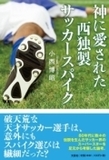
『West German soccer spike loved by God "
A discussion of the football superstar who gave birth to numerous legends in the 80's.

Figure 1High school soccer championship final at the national stadium (Showa 58)Year) and JSLGolden card (1986Year JSLOpening game). Please pay attention to the stand.
In the high school soccer world in the early 1980s, Shimizu Higashi High School, which was very popular and capable, had many West German Puma spikes (over 20,000 yen).
However, in 1983, Captain Hasegawa used ASICS Bomber 66 (5,000 yen or less, described later). In addition, Tatsuya Mochizuki, who was wearing a Super Cup (25,000 yen) in practice, which I introduced last time, sometimes used a bomber in the game.

Figure 2Kenta Hasegawa (left), Tatsuya Mochizuki (right)
In addition, Takeda from Shimizu Higashi joined the Yomiuri club, and Sorimachi wore a bomber when he was in college. Of course, not only the people of Shimizu Higashi, but also the Japanese national team player Tsunami used the bomber when he played against God in 1981.

Figure 3Takeda (left), Sorimachi (upper right), Tsunami (lower right). The referee's spike seems to be more expensive.
There are various types of ASICS soccer spikes in the 1980s, such as chape (replaceable) and injector (fixed) series, and the top model cost more than 20,000 yen. The bomber (probably fixed only) is a rather cheap version for boys, and there were many types, but it seems that bombers 55 and 66 were popular.
Asics is a complete outsider, but recently (as a story) Bombers 66, 45, 77 are shown in Figure 4.
Spikes these days are very lightweight, and many models have various parts removed as much as possible, but the Bomber series may have been ahead of the times in a sense.

Figure 4 The upper left is Bomber 66. Only the toes are Clarino (which has been used as a material for school bags since ancient times), and the heels are cloth. After more than 30 years, Clarino has deteriorated and cracked. The upper right is probably Bomber's ancestor 45, and the lower right is 77, a slightly higher model than 66, with Clarino toes and heels.
45Is mostly made of cloth, but the toes are luxuriously lined and are still beautiful. BomberAlthough it is a rubber sole, it is more resistant to deterioration than urethane and is still solid.
Adidas, Puma also Cologne (bottom left, 76I think there were models with a concept similar to Bomber, such as (models around the age) and Turin, but I think that only Bomber was popular with high school and university students.
It's a delicate bomber that seems to hurt when you kick the ball, but I think that many high-level players used it when they were young, because good players should fit their feet regardless of the price of spikes.
Mr. Mukaishima, who was active in S-Pulse and Frontale regarding the use of bombers, wrote a valuable episode when he was a student. (http://www.frontale.co.jp/f_spot/obs_column/tatsuru/2004-06.html)。
It was said that the use of bombers was prohibited at the university, but the photo at the beginning is the golden card (University of Tsukuba VS Juntendo University) at the time of the Kanto University League.It seems that there were many players using bombers in the top-level university games as well as Mukaishima and Sorimachi.

Fig. 5 Mukaishima was small, but he played an active part as a FW that made the best use of his static training technique and his own speed.
However, I remember that the number of top-level players and bomber users has decreased since 1985 and 6 years.When I looked it up again, it seems that everyone was changed to Paramehiko, who made their debut at that time (Figs. 6 and 7).

Figure 6Hasegawa (90) on the left(Around the year), the photo shows the match of the Japan national team, but I think it was Paramehiko even at Nissan, which has many Adidas users.
In the center is Mochizuki (86) who returned to Yamaha from Europe.Around the year).On the right is a static-school synchronous confrontation between Mukaishima (Toshiba) and Yasutoshi Miura (Yomiuri) (91).Around the year). In both cases, the spikes are like Paramehiko.
 Figure 7Takeda from the left (90Years are), the two players (86Around the year), Sorimachi (88)Around the year).
Figure 7Takeda from the left (90Years are), the two players (86Around the year), Sorimachi (88)Around the year). In the current university soccer world, former professional players are also supervised at local universities, and there are also universities where many players from soccer powerhouses and J League youth belong, so it seems that they are capable regardless of region.
In the university soccer world of the 1980s, all the high school star players at that time went on to the powerful universities in the Kanto region. Also, even in the youth representative class, there were quite a few people who were ronin and retake the exam to go to the university of their choice in an era when it was not possible to enroll only with the ability of soccer. I think there were many universities in the Kanto region, such as Waseda and Keio.
However, from 1983 to 1985, the universities in Kansai were stronger, and there were times when the finals of Incare were between Kansai groups.Aside from that, the university team in Kansai had more unique spikes than in Kanto (Fig. 8, left).

Figure 885 on the leftYear Incare Final (Osaka University of Commerce (Black and White) VSApproximately). Satoru Mochizuki, a zebra-patterned Osaka University of Commerce, was later active in the Reds and was the coach when Nadeshiko Japan became the best in the world.
Osaka University of Commerce (almost all players) wore ASICS spikes in a color that matched the pattern of their uniforms.
Shimada (3), who was active in Gamba after that, although not all of themPlease forgive me if I make a mistake), GKNobuhiro Takeda (1)No.) wore a pretty flashy Peller Duster (No.)http://king-gear.com/articles/138)。
After graduating, Takeda played an active part in Honda, and there was a "Takeda Nobuhiro" confrontation in the match against the Yomiuri club (right).
91It seems that Nobuhiro Takeda of Yomiuri was changed from Puma to Mizuno in the year.
Well, at the end (this time it's a topic of spikes when I was a student), it has nothing to do with spikes, but I was asked when I was practicing soccer with young people recently.
"Did you drink water on the way in the old days?"
Certainly, I was angry when I drank water while practicing in the Showa era (probably in any competition). Water bottles were not lined up around the pitch during the match. I thought it was a bad tradition in Japan, but it seems that it was even the World Cup.
At the 1982 Spain tournament, it seems that he was able to drink while he was being treated for injured people (the center of Fig. 9 is the England national team at that time), but an article in one match also says something like the one on the left.
The 1986 Mexico Tournament (Central America and Highlands) was like a Koshien smash, and there was a player who rehydrated during the match (right), so it seems that he became more and more tolerant.

Figure 9The match in the article on the left is Northern Ireland VSIt was played against Austria in Vicente Calderon, the home of Atletico (82).year 7Month 1day).
It seems that it was closed last year (http://king-gear.com/articles/540), The hero who made a big success at the stadium is currently playing in Japan. I'm sure you won't mind the heat in Japan.
By the way, next time I would like to introduce a model with a bad cost performance that is the exact opposite of Bomber.
(Photos are quoted from soccer magazines, eleven, numbers, goals and Getty Images at that time)
Author Hiroaki Konishi's work click on the banner!

『West German soccer spike loved by God "
A discussion of the football superstar who gave birth to numerous legends in the 80's.
